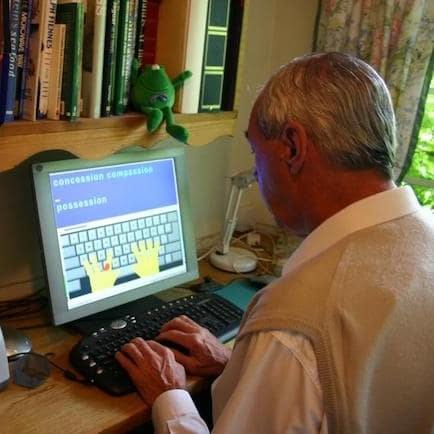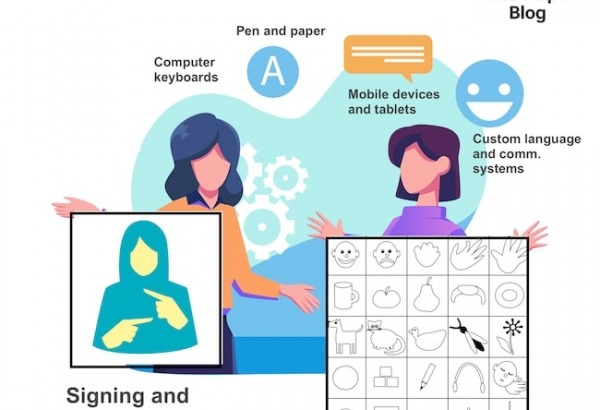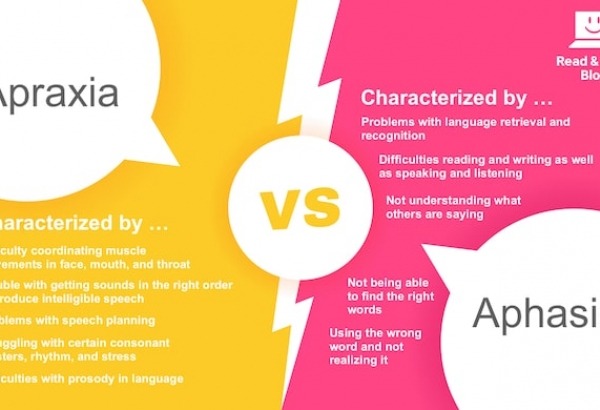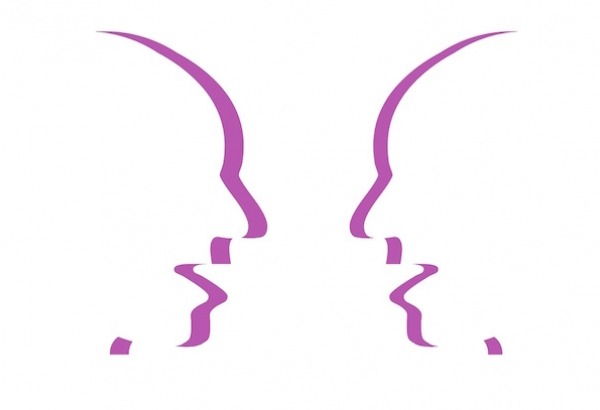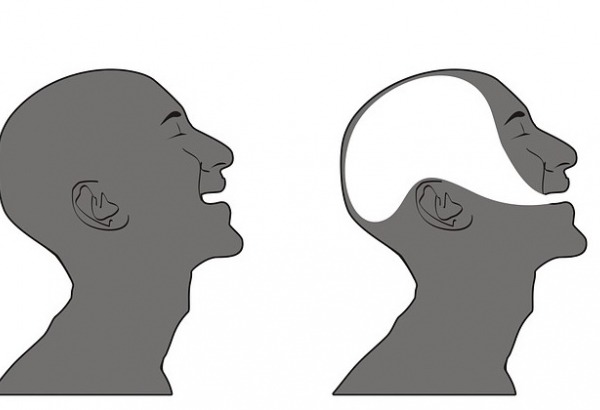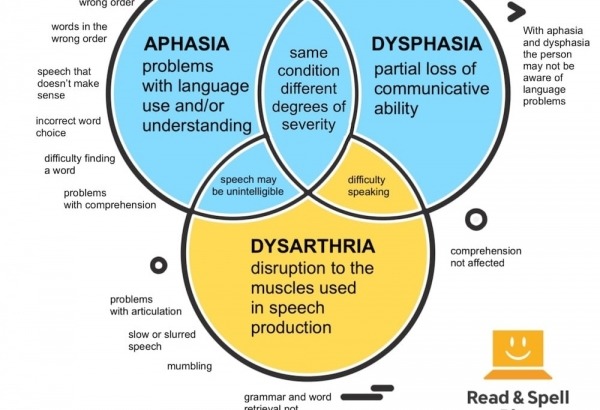Regaining speech after a stroke
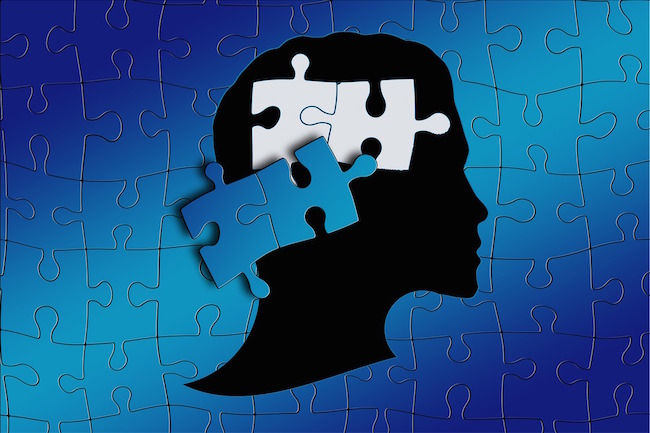
Communication difficulties following a stroke can take many forms. You may experience trouble finding the right word or have problems processing language that is directed at you – these conditions are commonly referred to as aphasia/dysphasia. When you struggle with speaking it’s referred to as productive aphasia and with understanding it’s receptive aphasia.
Aphasia and dysphasia are almost the same thing, except dysphasia is when you have partial access to language and aphasia is when you have none. Some individuals who have had a stroke find speaking difficult because of challenges with annunciation; this is called dysarthria. Speaking and breathing at the same time, or swallowing, may also be problematic with dysarthria.
It’s possible for paralysis, hemiplegia – one-sided paralysis - or hemiparesis - weakness on one side of the body following a stroke - to interrupt written modes of communication such as writing or typing. But just as every individual is unique, so is their recovery and it can be hard to put an exact estimate on the time it will take to regain communicative ability and/or how fully it will return.
Many people see the greatest gains in the first six weeks, as swelling in the brain goes down, and language processing areas which were temporarily affected come back online. However, it’s possible to see improvements for years after a stroke, particularly if an individual continues to receive speech therapy to strengthen and reinforce communication skills and confidence.
Speech therapy is often personalized and will begin with a diagnostic assessment by a trained specialist to understand which areas and abilities have been most affected by the stroke. You will receive a program of strategy training that you practice together with your therapist and a list of exercises to work through at home. Activities will vary depending on if your goal is to restore cognitive abilities like language recall, or retrain the muscles of the mouth, lips, tongue and throat to produce intelligible speech.
In some cases, both physical therapy and language training will be required. Keep in mind that recovery may happen in bursts and it’s important to maintain motivation and a positive attitude between sessions. Your speech and language skills may have been negatively impacted by a stroke but that doesn’t mean you are any less intelligent than you were before.
Learn more in our post on aphasia, dysphasia and dysarthria.
Language in the brain, what’s causing the problem?
We store language in the brain by connecting a word’s form with its meaning. Form is both how a word sounds and how it is written. In some cases of aphasia, a word may seem familiar to you because you recognize its form, but that doesn’t mean you will be able to identify its meaning. It’s also possible for the opposite to occur, such as a situation in which you know the word you want to say but cannot come up with its written or spoken form.
Alternatively, you may know the meaning and form but your brain doesn't translate this into the right set of instructions for the muscles in the lips, tongue and mouth, so it doesn’t come out right and people can’t understand you. Language therapy is designed to help you retrace and reinforce form-meaning links in the brain and rehearse word production, to help you get back some of the communicative ability that you lost.
It may be that a word is part of a larger phrase of set language that is always used in an unmodified way, for example “I can’t believe that” vs. “believe” on its own. These pre-existing chunks of language tend to be easier for people to recall following a stroke, as their use has a more automatic quality. The same goes for emotionally charged words, including swear words!
Additional aspects of knowing a word relate to usage, including how a word functions grammatically and how its meaning changes in different contexts. The more opportunities you have to use a word in a variety of real-world situations, the more likely you are to regain fluent control over it in spontaneous language production. That’s why it’s so important not to let a stroke isolate you to the point that you don’t practice your speaking skills on a daily basis, if this is possible. If speech production is not possible, see our tips on increasing listening and reading activities to enhance receptive exposure to language.
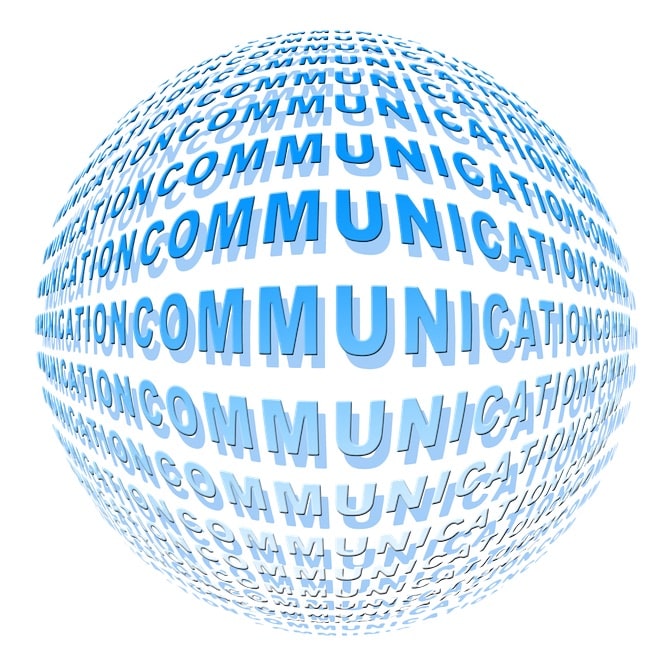
Communication is key
Because it’s not always possible to achieve the same level of speech control you had prior to a stroke, it’s good to focus on communicative goals. First and foremost is the ability to communicate your needs and wants with carers. Secondly, you will want basic speaking, writing, or typing skills to stay in communication with friends and loved ones and prevent yourself from becoming isolated.
This is a real danger for individuals who have had a stroke and are more likely to suffer from depression. Communication skills will allow you to be more in control of your home environment and possibly to return to work, depending on your job’s requirements. If need be, you might also have an occupational therapist come to your home or office to help you rehearse and relearn any practical skills you struggle with after a stroke.
Learn more in our post on communicating with loved ones who have had a stroke.
What you can do at home
Aphasia, dysphasia and dysarthria as a result of a stroke can cause disruption and frustration when communication is either partially or wholly affected. But, there is some speech therapy you can do at home as part of your stroke recovery efforts.
Keep listening and reading.
The best therapy for re-activating your language skills is through speech production, but if this isn’t possible, receptive activities are a good substitute. That’s because every word has a resting state of activation in the brain. If you are repeatedly exposed to a word in listening or reading, you increase this level of activation, which in turn makes it easier to produce the word in speech or writing. For multi-sensory reinforcement, try putting closed captioning on the TV so you are seeing a word, hearing it and being given some visual or story-line cues as to its meaning.
TOP TIP: Learning to type may be recommended for non-speaking individuals recovering from a stroke as it provides an alternative medium for communication. Learn more about Touch-type Read and Spell in the final section of this article.
Practice with meaningful words.
Many apps for stroke recovery and flashcard drills for speech therapy use a generic word list that may be geared at enhancing sound production or providing you with high frequency vocabulary based on a national corpus. However, everyone has a unique personal vocabulary of words you are more likely to use because of the place you live, the people you are friends with, and the activities you participate in. While many things in your life might change after a stroke, these words are still likely to be meaningful to you.
Make a list of all of the words that describe the things you can see in your house, the activities you do in a day, and the topics you find yourself needing to discuss with others. Next, create your own set of flashcards and drill these words so they become more accessible in fluent speech.
Talk, talk, and talk some more.
If speech production is possible, strike up a conversation with yourself, your pets, or even your house-plants. The more you use words, the more reinforced they become in the brain. Active conversations that require two-way participation are even better because they force you to process language in the moment and then respond appropriately.
If you’re nervous that others will judge you for speech impairments or language loss from aphasia, why not try a stroke recovery meeting where other people will be in the same boat? This might be a local group or even an online chat room. Sharing your story and your experience will not only serve as a means of speech therapy but can be emotionally rewarding as well.
Work the lexical neighborhood.
A word’s resting state of activation will dictate how easy or hard it is to recall, even in individuals who have not had a stroke. But activating one word can allow its energy to transfer and spread to others. That’s why it’s useful to generate groups of words that fall under the same topic and to use them in speech and language therapy activities together. For example, saying or hearing the word “dog” can also make it easier to say or process “chase, loyal, run, good, walk, happy.”

Take a well-rounded approach.
Speech therapy that targets dysarthria may include breathing activities that teach you how to use your diaphragm to get more air to fuel your speech. However, you may also find that certain yoga positions can help with breathing, as well as blood and oxygen flow to the brain. Try going on YouTube and looking up videos that guide you on the position of the mouth and tongue when making different sounds. Warm-up activities for singers might also help.
Use technology.
In treating aphasia, make the most of technology and try some electronic flashcards which can be put into a spaced repetition program that will help you practice the ones you get wrong more often, while also keeping the rest of the deck in rotation. If possible, add images and audio to the flashcards to make them more dynamic. You might also consider a multi-sensory typing program which can help you get faster at typing. This is a good alternative form of communication to speech production. A program like TTRS can help you see, hear and spell out words. If you say them as you type, you will be getting even more helpful practice.
Keep it up!
The more you engage in stroke recovery activities, the easier it will be to achieve your goals, especially in relation to speech and language improvements. That’s because regular practice enhances the activation levels of vocabulary in the brain.
Believe in yourself.
Recovering from a stroke can test your mental and emotional resources, just as much as it does your physical strength. At times aphasia and dysarthria are disheartening and it may seem like you aren’t making progress. But if you believe in yourself, set achievable goals and then engage in regular practice, you’ll feel more positive about your recovery and hopefully will be able to see results over time, depending on the severity of your stroke.
Stay calm and rest.
Speech production and therapy can be exhausting for individuals who have had a stroke. Make sure you take plenty of time to rest and give your brain a break after extensive language contact. Getting enough sleep allows you to consolidate the work you’ve done in a day. In fact, your brain actually changes as you sleep, both trimming unnecessary memories and building on areas where you’ve spent time processing. Alternating speech and language therapy with restorative periods can help you get the most out of your treatment. Note, this may mean lying down in a quiet and stimulus free room or sitting on a park bench listening to the sounds of the birds with your eyes closed. There is no one way to rest so find the approach that works best for you.
Learn more about stroke recovery therapy and activities you can do at home in these articles.
Touch-type Read and Spell
Touch-type Read and Spell is a multi-sensory typing program that was designed to reinforce English phonics and help learners improve their reading and spelling skills as they learn to type. However, it is also an excellent tool for individuals who have had a stroke and are looking to re-establish language in the brain and counter the effects of aphasia, dysphasia and dysarthria. You might work on TTRS modules for ten minutes at the start of every day or use the program as a warm-up before engaging in a set therapy routine.
Modules are self-study and allow every user to go at their own pace. They are broken into small chunks so progress can be made step by step, through repetition and bite-sized learning. See a word, hear a word, say it aloud, and if you can, type it out to work your way through the course material. There is even a one-handed version of the lessons for individuals who struggle with partial paralysis or hemiparesis.
For more information about TTRS, just get in touch with our team!
For stroke recovery
TTRS is a program that can support individuals who have had a stroke in recovering communicative ability.
Chris Freeman
TTRS has a solution for you
An award-winning, multi-sensory course that teaches typing, reading and spelling

How does TTRS work?
Developed in line with language and education research
Teaches typing using a multi-sensory approach
The course is modular in design and easy to navigate
Includes school and personal interest subjects
Positive feedback and positive reinforcement
Reporting features help you monitor usage and progress

